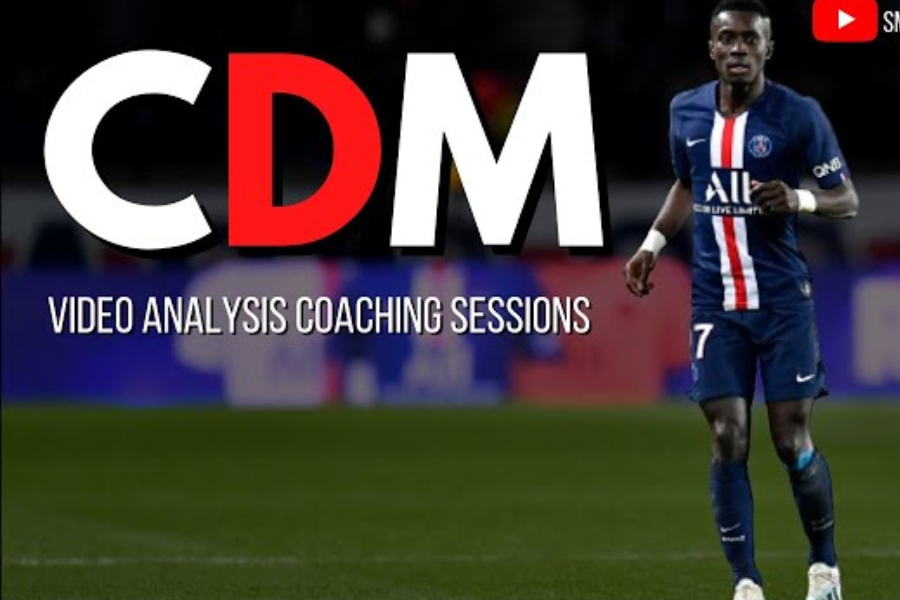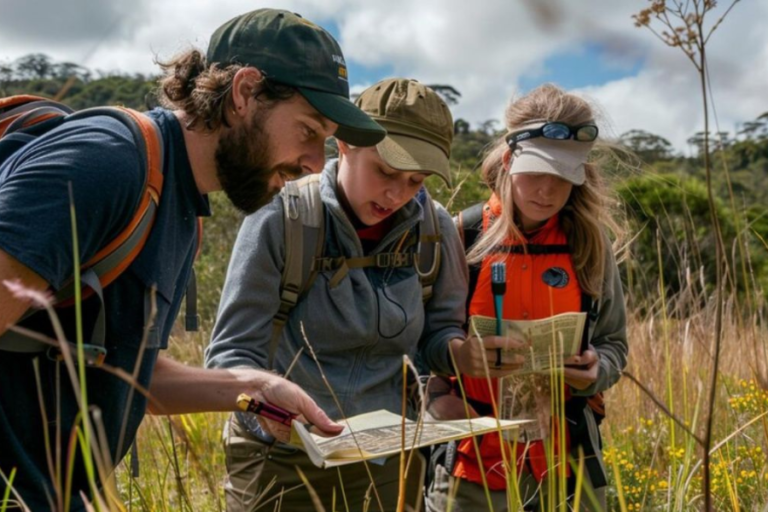CDM Soccer Position Explained
The Central Defensive Midfielder (CDM Soccer) position is a critical role in soccer, bridging the gap between defense and offense. Positioned right in front of the defenders and behind the more attacking midfielders, the CDM Soccer acts as a shield for the backline while initiating the team’s offensive plays. This role requires a unique blend of defensive skills, passing abilities, and tactical intelligence, making it one of the most challenging and important positions on the field.
In this article, we will delve into the essential responsibilities of a CDM Soccer, the key traits required to excel in this position, and some of the best CDM Soccer in soccer history. Whether you’re a player looking to improve your game or a fan wanting to understand the intricacies of the position, this guide covers everything you need to know about the CDM Soccer role.
The Importance of a Central Defensive Midfielder (CDM Soccer)
Preserving balance on the field requires a CDM Soccer, who serves as the foundation of the team. This middle-of-the-field position puts him in front of the center backs and serves as the first line of defense against opposition attackers. As a liaison between the defensive line and the attacking and central midfielders, the CDM Soccer not only covers the backline but also makes it simple to switch between the two groups.
Over time, the function of a CDM Soccer has changed. Defensive midfielders used to be primarily concerned with stopping opposing plays, but now days, CDM Soccer play a more dynamic role. They must have superior ball handling abilities, tactical awareness, and the capacity to control the game’s tempo. The precise responsibilities of a CDM Soccer can change according on the formation and tactics of the side; some players emphasis defensive duties (holding midfielder), while others concentrate more on creating plays (deep-lying playmaker).
Key Responsibilities of the Central Defensive Midfielder (CDM Soccer)
A CDM Soccer responsibilities extend beyond only tackling and marking. Some of the primary duties of a central defensive midfielder include the following:
1. Defending
Protecting the backline from the opponent’s forwards is one of the CDM Soccer main duties. This include making tackles, stopping shots, intercepting passes, and upsetting the opponent’s rhythm. A proficient CDM Soccer reads the game to anticipate plays, position themselves strategically, and make crucial defensive stops.
Since most defensive labor is done without the ball, strategic positioning is essential. A skilled CDM Soccer knows when to confront a rival and when to stay still to protect passing lanes. It combines situational awareness and thoughtful decision-making in addition to physical capabilities.
2. Winning Aerial Duels
In addition to ground-level defending, CDM Soccer often engage in aerial battles during set pieces such as corners and free-kicks. Winning headers in the midfield is essential to keep possession and neutralize the opponent’s aerial threat. Control of the midfield often starts with winning aerial duels, making this an important aspect of a CDM’s role.
3. Distributing the Ball
The responsibilities of a CDM extend beyond defense; they are essential in starting the assault. They have to transfer the ball forward to strikers directly or to more advanced midfielders, which calls for a great degree of passing accuracy. To change the play and take advantage of openings in the opposition’s defense, a CDM has to be able to make both short, fast passes and long, cross-field deliveries.
The sharpest CDMs can spot chances and make snap judgments that alter the course of the game. It guarantees they know what to do with the ball before they get it since they are aware of their surroundings through appropriate scanning procedures.
4. Leadership and Communication
Often occupying the center of the pitch, CDM Soccer organize the defense of the team and mentor their colleagues. They also frequently act as leaders on the field. They can see the entire field from their vantage point, which gives them the ability to communicate with midfielders and defenders to keep everyone in place and execute the game plan.
Key Attributes for a Successful Central Defensive Midfielder (CDM Soccer)
Excelling in the CDM Soccer role requires a combination of physical and mental traits. The position demands more than just defensive skills, as CDM Soccer must also possess technical abilities and a high “soccer IQ.”
1. Effortless Athleticism
More than simply being a physically powerful player is required of a contemporary CDM. Soccer athleticism includes balance, agility, and coordination in addition to strength. Capacity to move swiftly and effectively, adjusting course without difficulty, is essential for covering vast stretches of the field. If a player is quick, nimble, and intelligent, even little players can be formidable CDM Soccer , as players like N’Golo Kanté show.
2. Physical Attributes
Strength and coordination are essential in winning physical battles. A CDM must be capable of outmuscling opponents, but also have the coordination to maintain balance and control. This combination allows them to effectively challenge for the ball and recover quickly.
3. Speed and Agility
Running fast is simply one aspect of speed; another is being able to respond rapidly to various game scenarios. A CDM Soccer must quickly transition from offense to defense and vice versa. Their agility allows them to make tackles without losing their balance, intercept passes, and shut down opponents. Some players, like Sergio Busquets, make up for a lack of pace with excellent positioning and tactical understanding, while players like Kanté are renowned for their work rate and endurance.
4. Tactical Intelligence
A CDM must be well-versed in the game in order to predict the movements of both opponents and teammates. The player can disrupt play, launch counterattacks, and be in the right position at the right time with the use of tactical information. High tactical intelligence CDMs are adept at reading the game, communicating clearly, and controlling the action.
5. Mental Toughness
In order to make rapid judgments, maintain composure in the face of difficulty, and stay focused under pressure, the CDM Soccer function demands mental resilience. Although mistakes are unavoidable, a competent CDM bounces back fast from setbacks and never gives up on enhancing the performance of the team.
6. Contributing to the Attack
Although primarily defensive, a CDM must be willing to support the attack by moving the ball forward and creating scoring opportunities. This aspect of the role involves taking risks with forward passes, assisting the more attacking midfielders, or even taking shots when the opportunity arises.
World-Class CDM Soccer Players to Study and Analyze
Watching and analyzing elite players can teach aspirant CDMs a lot. Some of the greatest CDMs in soccer history who set the standard for the position are as follows:
1. Sergio Busquets
A legend for both Barcelona and the Spanish public group, Busquets is prestigious for his insight, poise, and exact passing. His capacity to peruse the game and control the beat is unparalleled, making him an illustration of a profound lying playmaker who impacts the game from a more profound position.
2. N’Golo Kanté
has shown to be one of the greatest CDM Soccer of his generation with his amazing work ethic, quickness, and perseverance. Standing at five feet six inches, he defies the traditional assumption of size for the position, proving that heart and talent can triumph over physical height.
3. Rodri
Exemplifies the contemporary CDM Soccer with his passing prowess, tactical awareness, and composure under pressure. He currently plays for Manchester City and the Spanish national team. He is the pivot around which the team operates in Pep Guardiola’s possession-based system.
4. Casemiro
A Brazilian force to be reckoned with, Casemiro has been a stone in midfield for both Genuine Madrid and Manchester Joined together. He is a complete midfielder who can break up play and contribute to the attack because of his defensive skills and ability to score crucial goals.
5. Declan Rice
is among the world’s up-and-coming football talents. He plays for Arsenal and represents England in international competition. Rice is regarded as one of the most promising young CDMs because of his versatility, ability to break up plays defensively, and ability to distribute the ball swiftly to enter the offensive.
Frequently Asked Questions
What is the difference between a CDM, a CM, and a CAM?
- CDM: Focuses on defense, shielding the backline. Known as the “number 6.”
- CM: Acts as a box-to-box midfielder, balancing defense and attack. Referred to as the “number 8.”
- CAM: Positioned higher up the field, focusing on creating scoring opportunities. Called the “number 10.”
What are the various midfield positions?
The midfield comprises several roles: CDM Soccer (defensive), CM (central), CAM (attacking), and wide midfielders who operate closer to the sidelines.
How can I improve my understanding of soccer?
Playing regularly, analyzing professional games, and studying tactics are essential. Reading books, listening to podcasts, and watching documentaries can also deepen your knowledge.
Conclusion
A versatile function that is essential in tying together offense and defense is the CDM Soccer. A good CDM Soccer has to possess a combination of physical strength, tactical acumen, and leadership traits, regardless of whether they are playing as a holding midfielder or a deep-lying playmaker. Aspiring CDM Soccer may become experts at this crucial soccer position by watching elite players and constantly improving their abilities.




